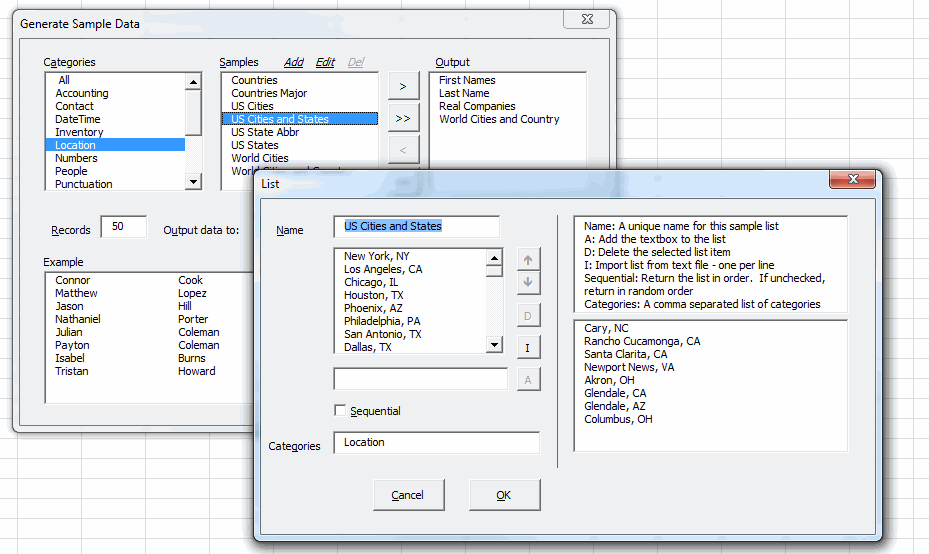

(107).jpg)
#Sequential testing in excel code
The example code in this post will be using scikit-learn. The library combines quality code and good documentation, ease of use and high performance and is de-facto industry standard for machine learning with Python. The scikit-learn package exposes a concise and consistent interface to the common machine learning algorithms, making it simple to bring ML into production systems. Some popular machine learning packages for Python include: scikit-learn

Machine learning, deep learning and artificial intelligence are extremely well catered for by several Python packages, therefore making Python an ideal choice. It has a huge array of well supported packages that make coding simpler and reduce development time. The Python programming language is well suited for machine learning. We can take advantage of the entire Python ecosystem, which is perfect for bringing machine learning to Excel.īy the end of this post we’ll have built a model to classify animals in Excel, powered by Python!Īll the source code for this post is available from the pyxll-examples github repo. Using this, we can add user defined functions, macros, menus and more with just Python code. PyXLL, the Python Excel Add-In embeds Python in Excel, allowing us to extend Excel with Python. Allowing access to these models in Excel opens up a whole range of possibilities. Why is this important? Companies are investing more and more into researching and developing prediction models using machine learning. Instead it will show how models built using machine learning can be leveraged from within Excel.

This post isn’t intended to be an introduction to machine learning, or a comprehensive overview of the state of the art. It’s a fast moving field with lots of active research and receives huge amounts of media attention. Machine learning is an important topic in lots of industries right now.


 0 kommentar(er)
0 kommentar(er)
